The Clean Energy Plan
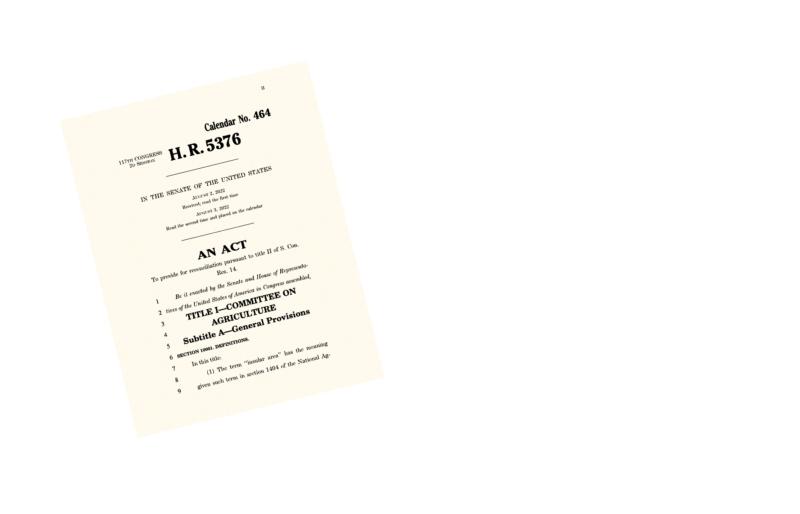



There’s a clean energy boom in America—and the Biden-Harris administration and Democrats in Congress are making it happen.
The Inflation Reduction Act’s clean energy provisions mean investing $369 billion in a healthier, more prosperous and just future.
The clean energy plan will lower Americans’ energy costs, make our infrastructure more resilient, and put our country on the road to energy independence.
The plan also creates new clean energy jobs in our communities. Since the clean energy plan was signed into law in August 2022, companies have announced more than 330,000 new, good-paying, family-supporting jobs.
The clean energy plan also invests in an affordable and reliable energy grid—instead of wasting money on dirty energy that pollutes our communities’ air and water, overheats the planet, and creates even more extreme weather.
And that’s not all. The clean energy plan also created the American Climate Corps for the next generation of Climate action leaders. The ACC employs young people in jobs that improve our climate while building a clean energy workforce for the future—20,000 in its first year and up to 50,000 over the next 10 years.
But this is ONLY the beginning.
Find out how the largest-ever investments in clean energy will create jobs and lower costs for your family:
New Clean Energy Jobs Since the Passage of the Clean Energy Plan
Sourced from news announcements since August 16, 2022
Jobs per State
Lowering costs for families





The clean energy plan helps families save money on their energy bills by ramping up investment in clean energy—like wind and solar—rather than dirty energy that spreads carbon pollution and causes climate change. And it does all this without raising taxes on anyone making under $400,000.1
Families can save more than $1,000 each year on between 2022 and 2030 thanks to the clean energy plan. Families can also earn up to $14,000 in rebates for energy-efficient home upgrades.
For some people, that will mean 100% of the costs will be covered. Buying a used or new electric vehicle? Tax credits of $4,000-$7,500 are available.
Communities across the country will also see around a 25% reduction in energy cost burdens from heating and cooling, thanks to the Bipartisan Infrastructure Law’s $3.5 billion in funding for energy efficiency programs — homeowners and renters alike.2
President Biden and Vice President Harris are helping Americans save money by ramping up the clean energy industry—from solar panels to heat pumps, building insulation, and modernizing the power grid—right here in America.
To see what you might be able to save, be sure to check out this overview from the Department of Energy or this calculator from Rewiring America.
Creating jobs & supercharging the clean energy economy
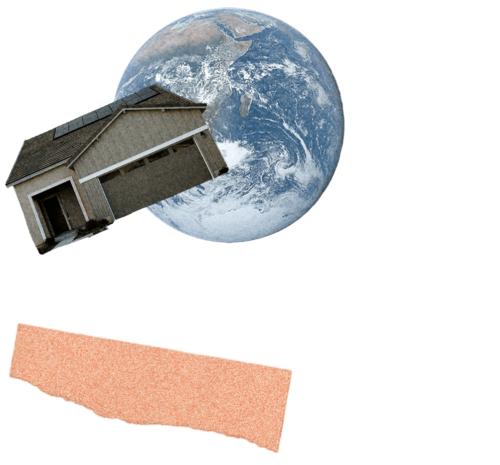

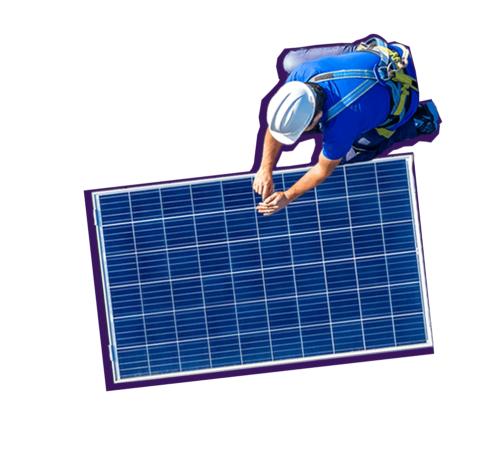

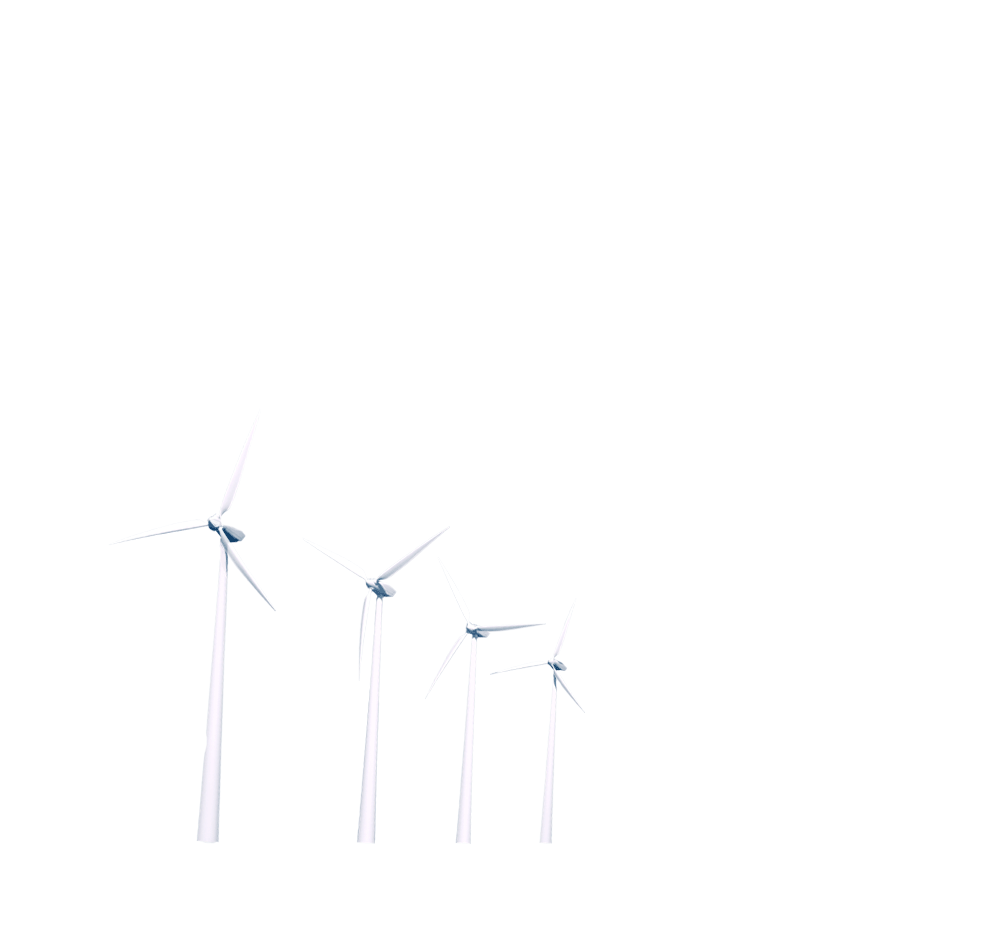
Clean energy creates jobs. By investing $361 billion in climate action and turbocharging our clean energy future, President Biden’s clean energy plan creates millions of good-paying, family-supporting careers while reducing the deficit by $300 billion over the next decade. Since passage of the law, businesses have already announced more than 330,000 clean energy jobs.3
The clean energy plan is creating even more jobs by investing $108 billion into upgrading the nation’s energy grid to be more efficient and reliable.
Plugging just 15% of America’s 3.2 million abandoned oil and gas wells could create 120,000 jobs4 and protect communities from polluted air and groundwater. It also allocates $4.2 billion of funding to do just that.
In the past decade, extreme weather and climate impacts have caused more than $1292.3 billion in damages and 6,000 deaths. The clean energy plan makes the largest investment ever in both constructing and repairing critical infrastructure, putting people to work to help communities build climate resiliency with reliable roads, ports, bridges, and buildings.

From a union worker’s perspective, it’s more of a career… I’m comfortable with the fact that I could be here 20, 25 years if I choose to. And, I never have to regret what it is that I’m producing.”
Cutting pollution & helping Americans live healthier lives




The Biden-Harris Administration has taken huge steps to cut pollution and protect Americans of all ages from the health impacts of poisoned air, water, and soil.
Recently, the Biden-Harris Administration announced a final rule to cut methane emissions from new and existing oil and gas facilities and pipelines that cause ⅓ of today’s warming.5 And the Environmental Protection Agency followed suit, reinstating limits on mercury and other toxic air pollution.
The clean energy plan cuts pollution by 40% this decade by investing in clean energy. And that helps keep families safe—these reductions in air pollution will prevent nearly 100,000 asthma attacks.
The clean energy plan also invests $60 billion to address the legacy of climate impacts in frontline communities—disproportionately Black and brown communities.
At the same time, the clean energy plan provides $55 billion to upgrade drinking water infrastructure, including $15 billion to replace lead pipes predominantly impacting communities of color and low-income neighborhoods.6
The clean energy plan is an historic investment in our water infrastructure
Groundbreaking action
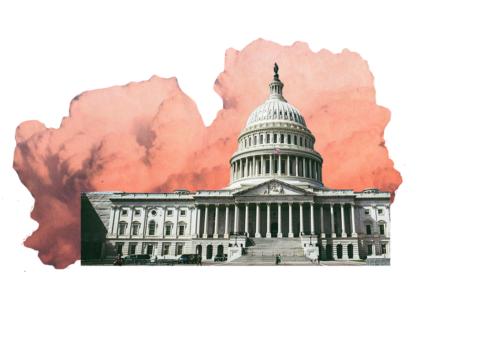



For years, Americans have needed leaders to do something about climate change—but haven’t been heard. Until now. President Biden, Vice President Harris, and Democrats in Congress listened and delivered a landmark plan to take on the climate crisis. It’s the largest-ever reduction in carbon pollution, the biggest legislative win for the environmental movement in 50 years.
The Biden-Harris Administration’s clean energy plan:
- Increases production of clean energies like wind and solar,
- Invests in a climate-resilient grid,
- Creates millions of good jobs,
- Lowers costs for hard-working Americans.
Instead of more dirty energy that spreads carbon pollution, overheats our planet, and causes climate change, these climate actions will cut pollution in half.7
Join the fight
The Biden-Harris administration and Democrats in Congress delivered long-overdue wins for families and climate action. But this is only the beginning.
The fight doesn’t end here. Americans must demand even more bold climate action to lower costs and ensure a healthier, clean energy future.
If you’re in, sign up now for updates >>